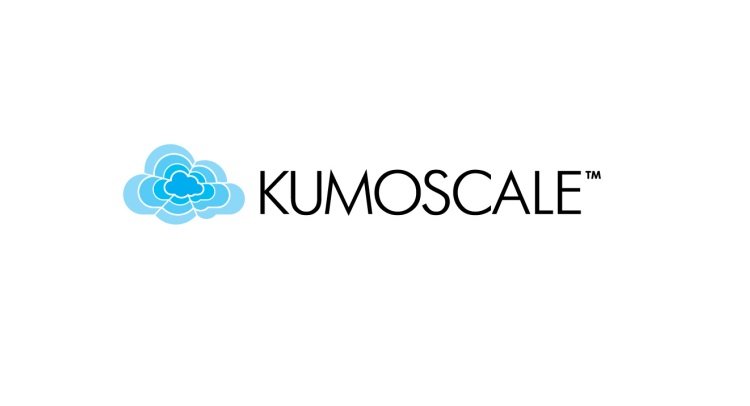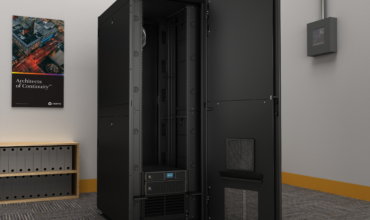KIOXIA America, has added autonomous self-healing support to its KumoScale storage software based on NVM Express over Fabrics (NVMe-oF) technology. Autonomous self-healing joins KumoScale software’s growing list of advanced storage functions that allow for the virtualization and management of high-performance flash at data center scale. KumoScale autonomous self-healing uniquely repairs volume failures automatically. A KumoScale software agent located in the client monitors the health of each replica. The agent senses when a volume replica has become unavailable, and signals to the KumoScale Provisioner Service to instantiate and synchronize a replacement volume.
KumoScale autonomous self-healing uniquely repairs volume failures automatically. A KumoScale software agent located in the client monitors the health of each replica. The agent senses when a volume replica has become unavailable, and signals to the KumoScale Provisioner Service to instantiate and synchronize a replacement volume.
The self-healing mechanism takes care of inconsistencies that may result from intermittent failures or temporary network partitions, without the need for monitoring and intervention by a system administrator. The user may configure a timeout value via the storage class specification for each resilient volume. This parameter will determine how long KumoScale software will wait before initiating replacement of an unavailable replica.
“The NVMe-oF specification is steadily gaining traction in data centers, and this phenomenon is forcing an entirely new way of thinking about storage infrastructures from end-to-end – including resilience,” noted Joel Dedrick, vice president and general manager, networked storage software, KIOXIA America, Inc. “Traditional approaches to data resilience that focus on the failure of the storage element itself no longer suffice in the next-generation data center. A data center-level approach to resilience and mobility is necessary to keep data safe and highly available without sacrificing performance or system efficiencies.”



